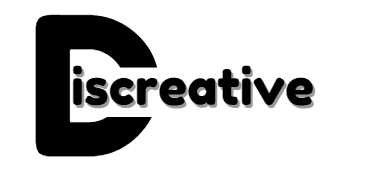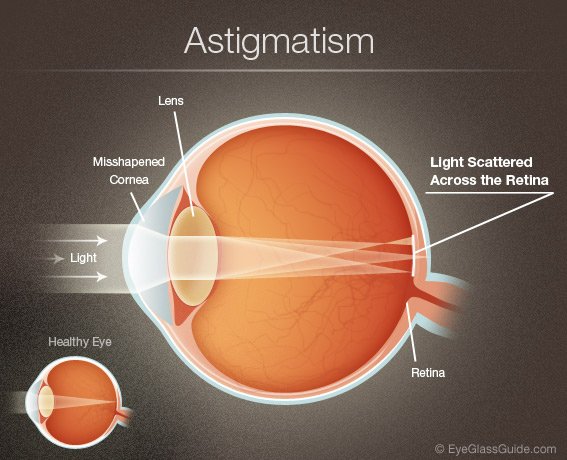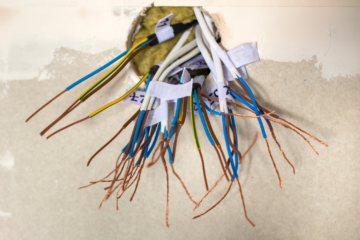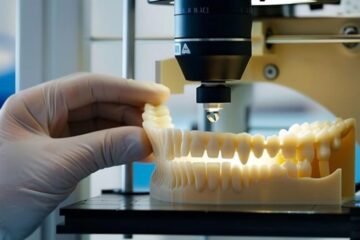Genetics, lifestyle, and aging each contribute to changes in your vision. Environmental factors, such as prolonged screen use or insufficient lighting, also affect eye health, leading to various vision challenges. An eye doctor examines these influences to understand their effect on your vision and works to recommend the most effective correction methods. Here are some vision issues and the corresponding correction methods:
Nearsightedness
Myopia is a condition where the shape of the eyeball causes light to focus in front of the retina instead of on the retina. This makes things viewed at a distance seem blurred. Eyeglasses or contacts that change the focus point can correct this vision problem. Each method addresses myopia’s challenges and helps improve long-distance clarity, making everyday activities like driving or watching presentations more manageable.
Farsightedness
With hyperopia, close objects may seem blurred, while far-away objects can be relatively clear. Farsightedness is a refractive problem that occurs when light becomes focused behind the retina due to a shortened eyeball. Reading glasses or contact lenses that redirect light onto the retina to give clearer near vision can correct hyperopia. These options assist people with hyperopia in gaining better clarity for close-up tasks like reading or writing.
Astigmatism
In astigmatism, where the curvature of the cornea or lens is irregular, light scatters rather than focuses sharply on the retina. Close and distant objects appear blurred or distorted, and there may be a halo around glowing objects. A licensed eye doctor can recommend lenses that alter angles of light to enhance focus. With these approaches, people with astigmatism can achieve sharper, more consistent vision that makes activities like night driving safer.
Presbyopia
Presbyopia affects the eye’s ability to focus on nearby objects as the lens gradually becomes less flexible with age. It results in a failure of near vision and may necessitate holding papers or books at a distance for reading. This is commonly rectified with bifocal or multifocal lenses that allow multiple focuses with one lens. Your eye doctor can also advise on monovision correction, where one eye is adjusted for near vision.
Amblyopia
Amblyopia is a developmental issue in which one eye has weaker vision than the other. Corrective lenses may help improve focusing and alignment by fostering cooperation between both eyes. This condition is usually diagnosed and corrected with treatments during childhood, such as patching an eye or doing eye exercises to build up the weaker eye. Sometimes, surgery may be recommended to correct the position of the eyes and thus improve coordination between them.
Double Vision
Diplopia is a condition wherein you see two images of an object due to misalignment of the eyes or eye muscles. Prism lenses correct diplopia by bending the light to bring the two images together into clear view. In some cases, for those that are more severe or complicated, eye muscle surgery may be done to adjust alignment. These options allow you to achieve a unified vision and help you perform routine tasks that require clarity of vision with depth perception.
Color Blindness
Color blindness affects the ability to perceive specific colors correctly, usually due to genetics impacting the retina’s cone cells. Though there is no cure, color-enhancing lenses can help individuals with color blindness differentiate shades they might otherwise struggle to distinguish. Digital tools, such as mobile apps, are also available to assist with tasks that rely on color recognition. These solutions can make a difference in daily routines by improving the perception of colors, from identifying clothing colors to recognizing traffic signals.
Visit an Eye Doctor
Regular eye exams and check-ups are helpful to protect your eyes, particularly if you notice any changes in your vision. Eye doctors use various tests to evaluate eye health, detect color vision, and identify alignment problems. During a visit, they often can pinpoint the cause of any symptoms and recommend appropriate corrective measures. Contact an eye doctor today to find out how they can help your vision improve.




